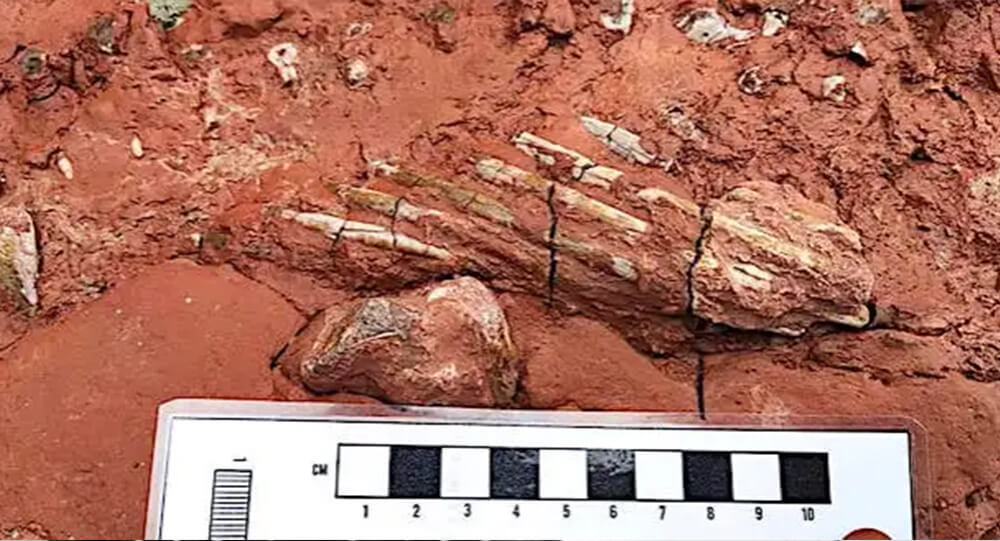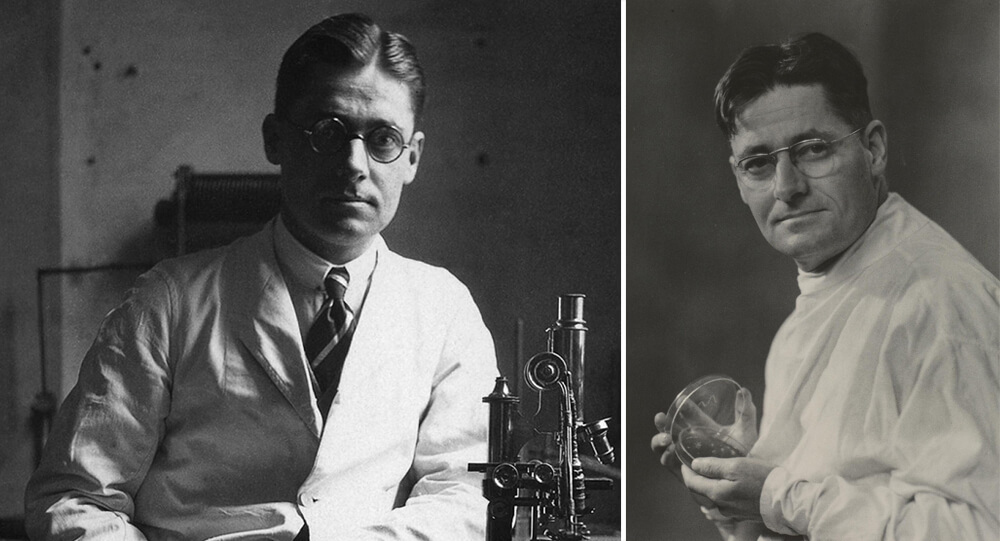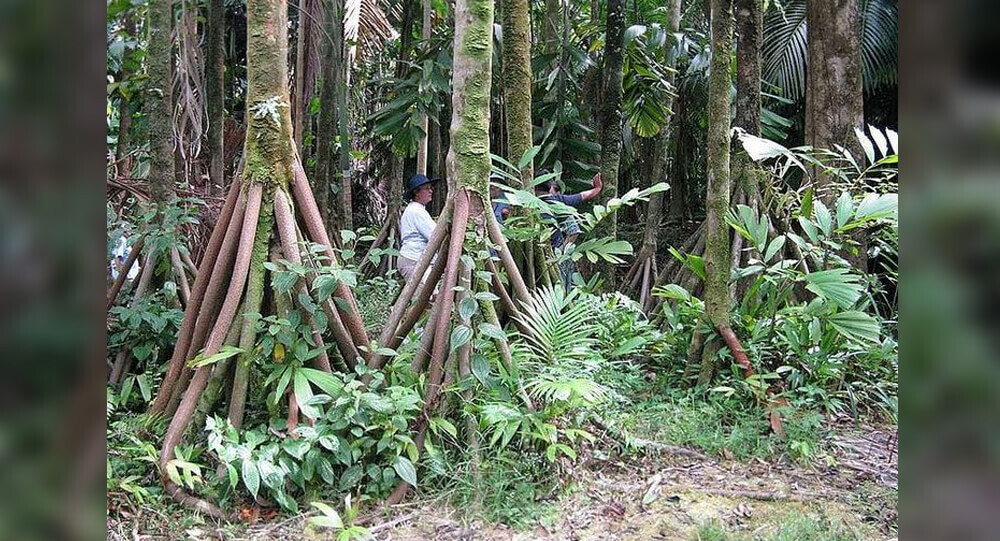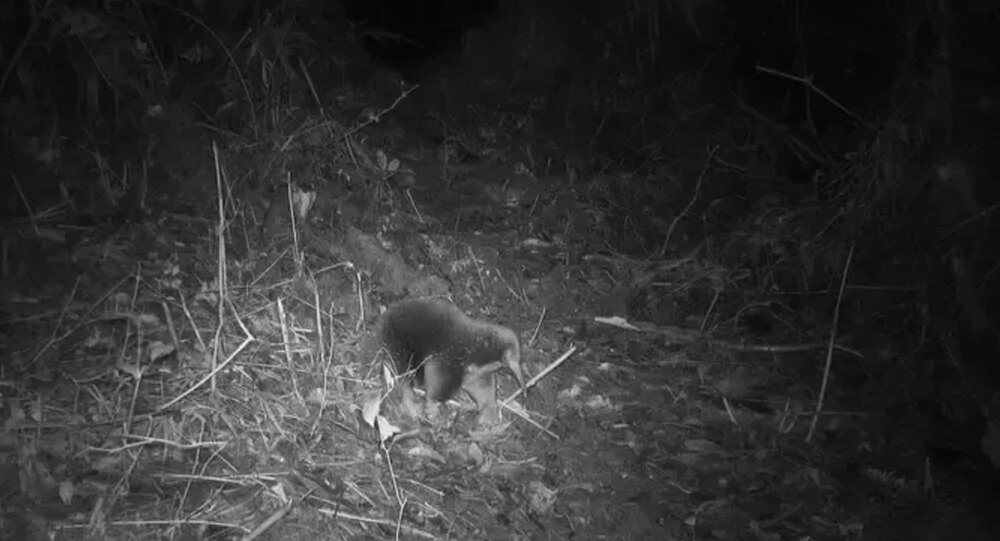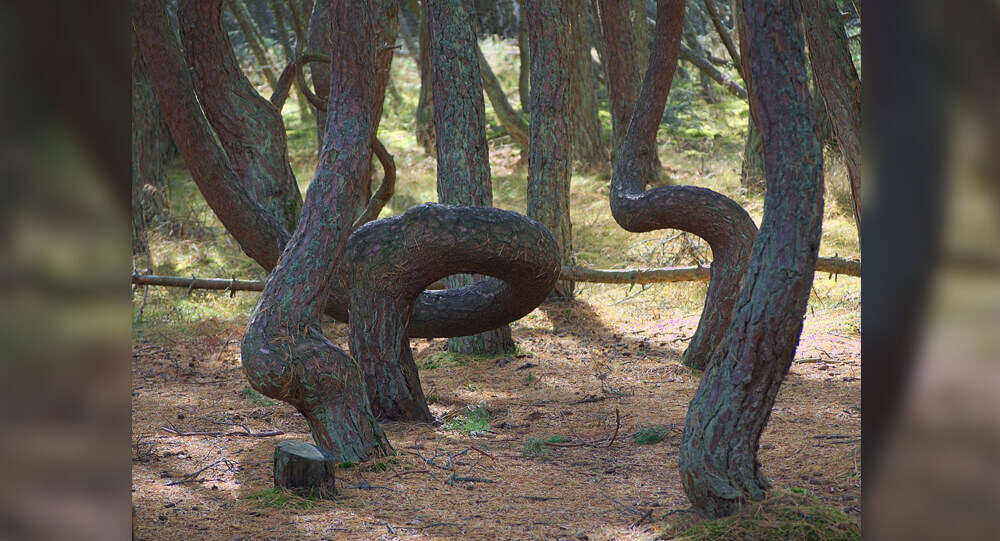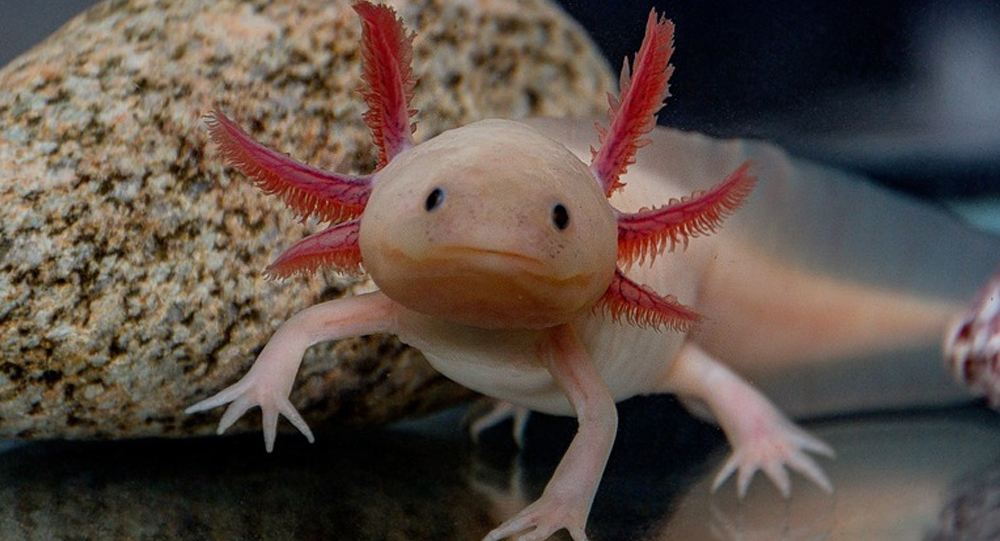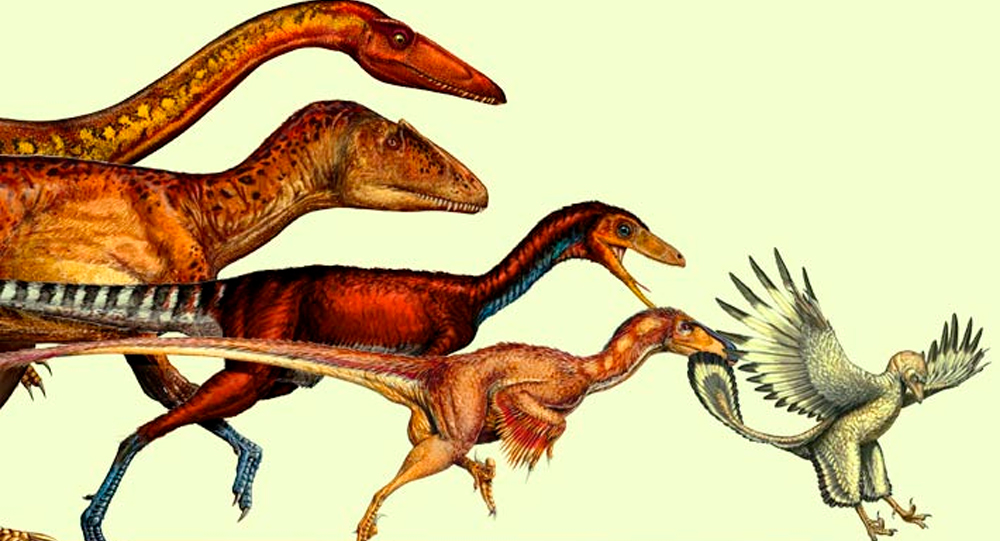

The Evolution of Flight: From Dinosaurs to Birds – A Journey Through Time and Science
The story of flight begins not with birds, but with theropod dinosaurs—bipedal, often carnivorous dinosaurs known for walking on their hind legs. Dating back about 160 million years to the Jurassic period, many theropods had primitive feathers, initially evolved not for flight, but likely for insulation, display, or camouflage.
Famous fossils, such as Archaeopteryx lithographica, discovered in the 19th century, provide the earliest clear evidence of a transitional form between dinosaurs and birds. This species combined dinosaur traits like teeth and a long bony tail with bird-like feathers and wings capable of gliding or primitive flapping. This finding revolutionized how scientists viewed the lineage—showing that birds are, in fact, living dinosaurs.
Shrinking Size and Wing Development: Keys to Flight Evolution
One crucial evolutionary trend was miniaturization. Unlike many other dinosaur lineages, bird ancestors rapidly shrank in size, evolving more lightweight, streamlined bodies that aided developing flight capabilities. This size reduction was unusually rapid—some studies estimate it occurred about 160 times faster than other dinosaur changes.
Alongside shrinking, the forelimbs of these theropods gradually transformed into wings. Feathers—originally simple filaments—became more complex, developing a central shaft and barbs that formed the aerodynamic surfaces necessary for lift.
Scientists believe the first powered flight emerged after an intermediate phase of gliding and parachuting, where small feathered theropods could maneuver from tree to tree, escaping predators or hunting prey. Over millions of years, muscle strength improved, and skeletal structures adapted, culminating in the fully powered flapping flight seen in modern birds.
The Great Extinction and Bird Diversification
Some 66 million years ago, an asteroid impact caused the mass extinction of most dinosaurs and many other species. While this catastrophe ended the reign of giant reptiles, it simultaneously opened ecological niches.
Evidence suggests that the ancestors of modern birds not only survived this extinction but were already diversifying before it occurred. Post-extinction, these birds flourished, evolving into thousands of species adapted to oceans, forests, and plains—ranging from tiny hummingbirds to massive flightless ostriches.
This adaptive radiation coincided with the rise of flowering plants and insects, creating new food sources and habitats that propelled bird evolution into the diverse class Aves we know today.
Modern Birds and Their Dinosaur Legacy
Today, birds retain many dinosaurian traits hidden beneath their feathers: hollow bones, a suite of shared skeletal structures, and even certain genetic markers. They are part of the larger reptile clade called Archosauria, alongside crocodilians, corroborating their lineage.
Birds’ feathers originally developed for functions other than flight highlight evolution’s opportunistic nature—a complex trait evolving stepwise rather than in a sudden leap. Modern research uses genome sequencing and fossil evidence to refine understanding of when and how specific traits emerged.
Fascinating Trivia About Flight Evolution
- Archaeopteryx, often dubbed the “first bird,” lived around 150 million years ago and had both bird-like wings and dinosaur-like teeth and claws.
- Feathers likely evolved tens of millions of years before true flight, serving roles such as temperature regulation and mating displays.
- The closest living relatives of birds are crocodiles—both groups descending from ancient Archosaurs.
- Flightless birds like ostriches and emus are examples of secondary flight loss, evolving from flying ancestors who adapted to ground life.
- Miniaturization was a rare evolutionary event among dinosaurs, illustrating the unique pressure for lightness leading to flight.
- New fossil discoveries continue to fill gaps, with some dinosaur species found sporting elaborate feather patterns—sometimes vividly colored.
- The transition from gliding to powered flight is still debated, with theories including “trees-down” (arboreal) and “ground-up” (running takeoff) hypotheses.
Final Thoughts: From Roaring Dinosaurs to Soaring Birds
The evolution of flight is a story of profound transformation—one that reshaped life on Earth and gave rise to the vast avian diversity filling our skies. By tracing the lineage of birds back to their dinosaur ancestors, science not only uncovers the mechanics behind flight but also the broader narrative of adaptation, survival, and innovation in nature.
Next time you see a bird swooping gracefully overhead, remember: you are witnessing the legacy of creatures that once ruled as dinosaurs, who over millions of years, learned to conquer the skies.
If you enjoyed this exploration of flight’s evolution, share it with fellow nature enthusiasts and keep uncovering the wonders of life’s history.
Sources & Further Reading:
- Encyclopaedia Britannica: Origins of Birds
- Scientific American: How Dinosaurs Shrank and Became Birds
- Natural History Museum: How Dinosaurs Evolved into Birds
- Proceedings of the National Academy of Sciences on Bird Diversification
- Wikipedia: Evolution of Birds
- Understanding Evolution by Berkeley

The Mystery of the Darvaza Gas Crater: A 50-Year Inferno
Scientists lit a hole filled with natural gas on Fire in 1971, expecting it would burn only for few days. The hole has been burning for the past 48 years & is called "The Door To Hell".

Canadian Schoolteacher Discovers a Fossil That May Be 300 Million Years Old
School teacher discovers extremely rare fossil of unknown animal that maybe 300 million years old. One high school teacher was walking her dog when she made a once-in-a-lifetime find. It turns out that the fossil is probably 300 million years old and came from an extinct species of reptile.

Henrietta Lacks: Who Was She? Here's how HeLa cells became necessary for medical research
Henrietta Lacks was died in 1951. The tumor that killed her has been alive and growing to this day. The tumor is immortal and was used to progress the Polio vaccine and is the jumping point for most human cell research to this day. Scientists have grown some 20 tons of her cells.

How did Howard Florey discover penicillin
Penicillin was discovered by Alexander Fleming, but he never attempted to turn it into an antibiotic. It wasn't until ten years later that Howard Florey discovered Fleming's obscure paper and understood the mold's potential. Up to 200 million lives may have been saved as a result of Florey's work.

Man gave his stem cell fund to a disabled boy
Dan Black, who was paralyzed in a bike accident, spent four years raising 20,000 for a stem cell treatment that could let him walk again. However, after learning about a five-year-old boy with cerebral palsy, he donated the funds for the boy's medical treatment in order to enable him to take his first steps.

The “Walking” Palm, tree species can walk up to 65 feet each
This tree species can walk up to 65 feet each year to find the best habitat to live in.

Dr. Donald Hopkins: From Smallpox Eradication to Near-Ending Guinea Worm Disease
Dr. Donald Hopkins helped eradicate Smallpox, and is on the verge of killing another disease. He's taken Guinea Worm Disease down from 3.5 million cases a year to just 28 cases last year.

The Science Behind Why We Dream and What It Means
Dreams have fascinated humanity for millennia—enigmatic stories that unfold in sleep, weaving memories, emotions, and symbols. Modern science is now unraveling why we dream and exploring what these nightly narratives reveal about our brain, emotions, and waking lives. Journey through the latest discoveries on the science of dreaming and its meaningful reflections in our psyche.

How Sleep Cycles Affect Cognitive Function and Memory Retention
Sleep is not just rest—it's an active process where our brain cycles through stages that shape cognition, memory, and overall mental performance. Different sleep phases, from deep slow-wave sleep to REM dreaming, play unique roles in consolidating memories, boosting attention, and refreshing brain networks. Explore how sleep cycles work and why they are essential to learning and sharp thinking.

What makes bananas radioactive?
Yes, It is true that bananas contain radioactive substances. But the same can be said for spinach, potatoes, oranges, Brazil nuts, kitten litter, granite counter tops, even the air you breathe! Radioactivity is unavoidable and all around us. So, what exactly is it?

The Unique Grana Double Tree of Piedmont, Italy
The “Grana Double Tree” in Piedmont, Italy is a highly unusual tree, which consists of a cherry tree growing atop a mulberry tree. It is essentially a two-species, two-tiered hybrid duplex.

Mystery of 300-year-old mummified mermaid is being probed
There is a 300-year-old mummified mermaid with 30 centimetres tall and features a human-like head, two hands with what appear to be fingernails, and its lower body that look like a fish tail. The “mermaid mummy” is being probed by Japanese scientists in an attempt to unravel the mystery of its existence.

India's chandrayaan-3 becomes the first landed craft on moon's south pole
India's chandrayaan-3 becomes the first land craft on moon's south pole. It landed safely on August 2023

For the First Time in 60 Years, Scientists Discover a 'Lost' Echidna Species
An expedition team in Indonesia discovered the elusive, egg-laying animal (Echidna) named after David Attenborough, which had not been seen since 1961.

The Mystery of the Dancing Forest: Reasons behind the unusual wonders of forest
The Dancing Forest in Russia is noted for its unusually twisted pine trees. The trunks of these trees are contorted into spirals, rings, and other squiggly loops, but the reason for this malformation is still a mystery.

Why Some Animals Can Regenerate Limbs and What Science Says About Human Possibilities
Certain animals possess the extraordinary ability to regenerate lost limbs, a process that has fascinated scientists and inspired hopes for human medical breakthroughs. From salamanders’ perfect limb regrowth to starfish’s incredible body regeneration, this article explores how and why these animals can perform such feats, the biological mechanisms underpinning regeneration, and what cutting-edge research means for the future of human limb regeneration.

The Giant Mirrors Brought Sunlight to Rjukan
Due to the steep mountains that surround it, the town of Rjukan, Norway, doesn't receive any natural sunlight from September to March. They placed large mirrors in the town square to reflect light. The mirror follows the path of the sun and moves every 10 seconds to create a 600m squared light pool.

Megamouth Shark And Her Babies Found Dead In The Philippines
Filipino zoologists have recorded a pregnant megamouth shark for the first time ever since the rare aquatic specie was discovered in 1974.

How Dmitri Mendeleev Developed the periodic table of the elements
1850 Dmitri Mendeleev walked almost a thousand miles to Moscow so he could apply for the University of Moscow. Although he was not accepted, he walked to St. Petersburg where he was accepted, And with that education, he developed the the periodic table of the elements

Inspiring story of Jono Lancaster, Abandoned by His mother at birth for this 'defect' on his face
When Jono Lancaster was just 36 hours old, his parents left him for adoption because he was suffering from Treachers Collins Syndrome, a genetic disorder which hampers facial bones development. Now he is an inspirational speaker, a professional model and a teacher, giving inspiration to millions

This Yogi Spent 76 Years Without Eating or Drinking Anything and Confirmed by
Prahlad Jani, the starving monk who lived 76 Years without food and water.

George Dantzig solved two famous “unsolved” problems in statistics mistakenly as assignment
In 1939, George Dantzig arrived late to his statistics class. On the board were two famous “unsolved” problems in statistics written as an example by his professor. Dantzig mistook the examples for homework assignments. He solved the “unsolved” problems and submitted the homework to his professor a few days later. His solutions earned him a doctorate.

How a Headache Cure Experiment Led to the Invention of Dynamite
Alfred Nobel discovered dynamite while experimenting with nitroglycerin, a volatile liquid he also took in tiny doses for headaches. Ironically, the explosive that made him wealthy and feared also eased pain—later inspiring his legacy as founder of the Nobel Prizes.

Ocean Atlas: Exploring the World’s Largest Underwater Sculpture in the Bahamas
On the western coast of New Providence in Nassau, Bahamas, there is a tourist attraction that you can dive down to see. Called Ocean Atlas, this is the largest single underwater sculpture ever installed. It depicts a local Bahamian girl carrying the weight of the ocean, in reference to the Ancient Greek myth of Atlas holding up the heavens.

Woman's memory reset every two hours after traumatic accident
Riley Horner, an Illinois teenager was accidentally kicked in the head. As a result of the injury, her memory resets every two hours, and she wakes up thinking every day is June 11. Riley keeps detailed notes of events happening throughout the day, and sets an alarm on her phone every two hours to remind her to review them. Riley also keeps a calendar in her room to remind her what day it is? As she wakes up every morning confused, thinking it's still June 11.

